Having outdoor survival clothing to keep you warm and cozy is as important as getting a good survival shelter. Based on the survival rule of 3, you can only survive 3 hours if you do not have a proper shelter and this shows that shelter is one of the most important aspects to consider when it comes to your survival. This would mean that the clothing you choose to wear outdoors would be imperative as well.
Most people make the mistake of not giving sufficient thought to their clothing, thinking that it’s not an important aspect. However, clothing has a lot of influence on our core body temperature. The goal is to have absolutely dry clothes in your bag so that it can replace the one you are wearing.
To better convey the ideas of this post, I have separated it into 3 parts: (I) the importance of packing extra clothing; (II) the basics: 3 layers of clothing you must know and (III) suggested layers of clothing for survival.
(I) THE IMPORTANCE OF PACKING EMERGENCY CLOTHING
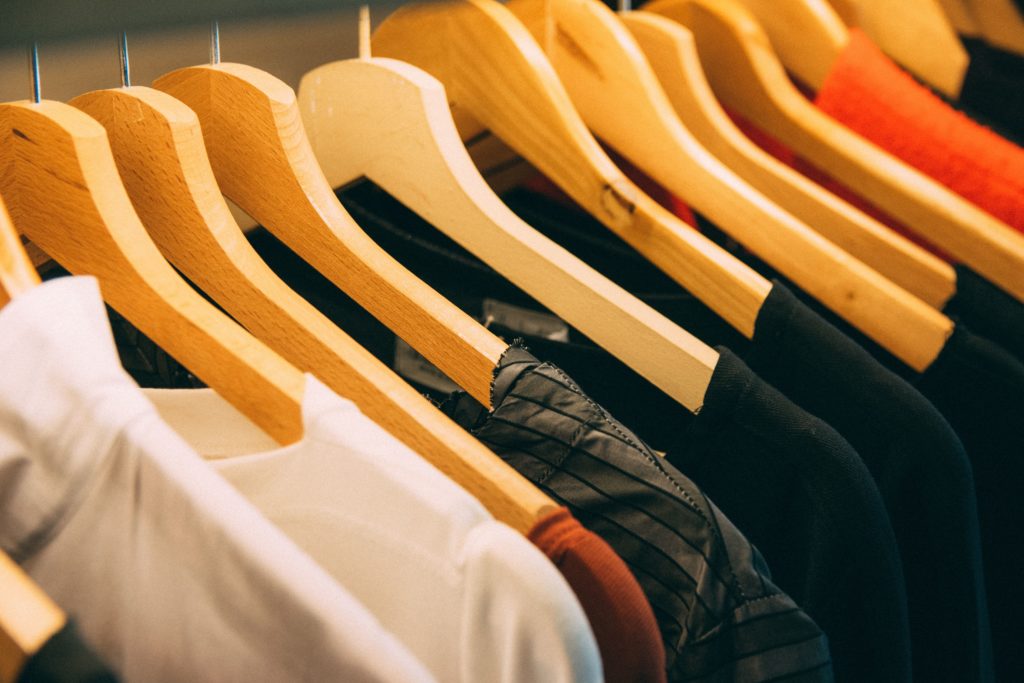
Clothing can be said to be one of the most basic but the most important form of shelter you can have against elements that around you. Hence, equipping yourself with the knowledge on what SHTF Clothes is suitable for which situation would be essential so that you can know what clothes to pack in your bug-out bag.
The various types of clothing that you put on for a day can be considered as one of the most important forms of shelter against external elements because they are close-fitting to your body. I say ‘various types’ of survival clothes can be worn throughout the day because you may want to put on multiple layers of clothing if you are not active, but you may want to take off some of those layers when you are doing your survival duties such as chopping wood or building your survival shelter.
Of course, the situations I explain below would be the IDEAL situations but there would not be one clothing that would be perfect for all kinds of weather. Some materials would be better than another in certain situations.
1. Not getting affected by surrounding elements
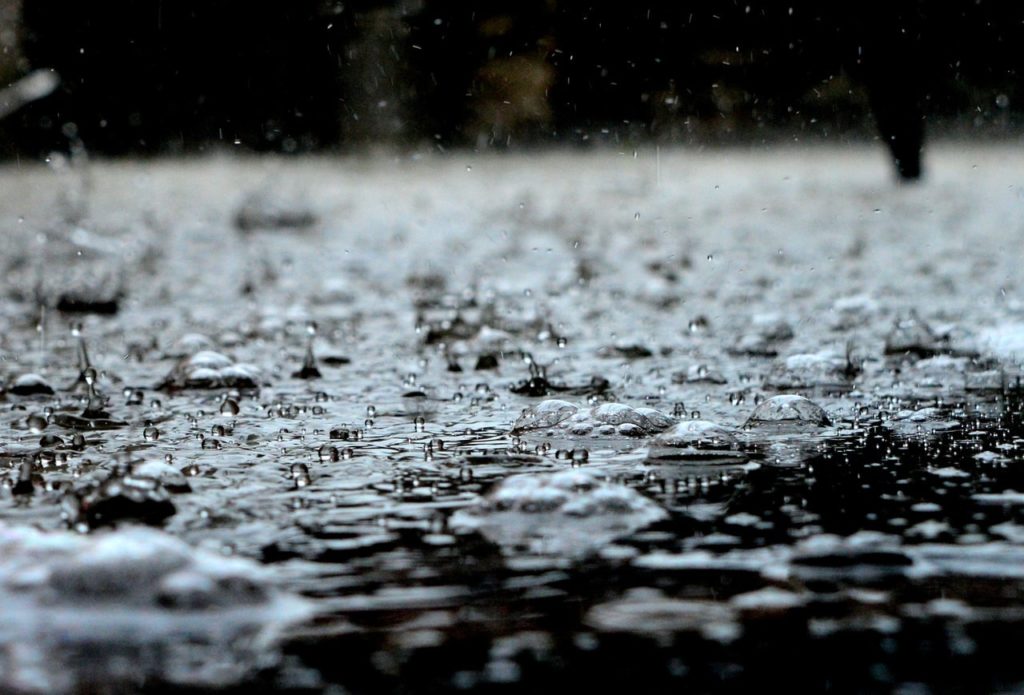
Similar to the purpose of building a survival shelter, proper survival clothing is meant to provide protection towards surrounding elements such as rain and the direct sunlight. The way it protects you from these elements would similarly be by (1) shielding and (2) insulating.
For the first aspect, with proper survival wear you would be able to keep out rain which is essential to prevent heat loss. Keeping out sunshine from being in contact with your body would be important if you are caught in a hot environment because you would want to reduce the amount of sweat you produce especially when your access to clean water is limited.
Concerning the second aspect, if you pick the right clothing, it can effectively insulate your body from extreme temperatures your surroundings. This aspect is important for maintaining your core body temperature at a reasonable range. If you are out in the cold, keeping precious body heat with you would be important to prevent hypothermia and other diseases. Matters are made worse if your clothes are soaking wet because your body temperate would be affected.
2. Prevent heat loss
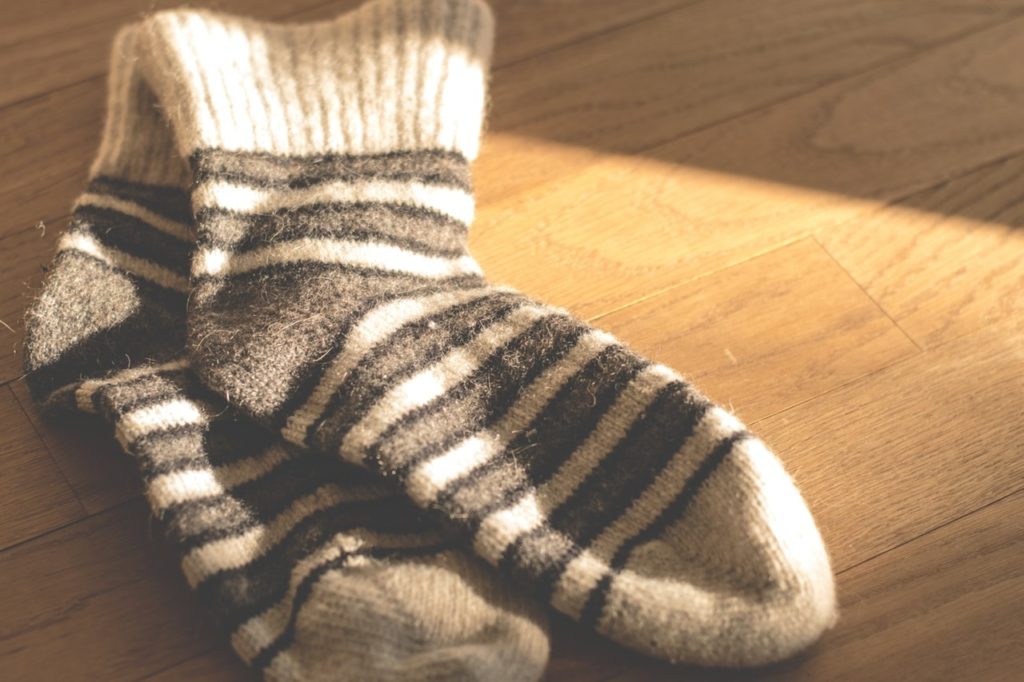
Your body warmth can be lost in 3 ways, which is through conduction, convection and radiation. Conduction means that you lose heat when your body comes into contact with an object which has a lower temperature. Convection happens when moistures evaporate from your body where the amount of heat taken to cause the evaporation is the main cause of making you lose body heat. Finally, for radiation, it means losing heat when the surrounding air is colder.
Proper clothing can help you reduce all of them! If you wear your boots and gloves, you can touch other objects by minimizing the amount of body heat you lose. Of course, to carry out your survival duties you are bound to touch other objects, but you can minimize the damage by wearing proper clothing.
As for convection, getting clothing which is ‘waterproof’ would be really important especially if your area rains often. You do not want to get yourself wet, which causes convection to happen and this engenders you to lose your body heat more rapidly. This includes ensuring that water cannot seep into your boots as well so that your socks do not get wet.
Finally, good clothing will prevent your body heat from radiating into the surrounding air, causing you to lose precious body heat. All of these are definitely important for your survival!
3. Get comfortable

If you look good and feel good, you will definitely be comfortable! For example, you can compare situations where you are drenches with cold rain versus situations where you are kept dry because you wore water-proof clothing. Which will be more comfortable? Of course the one where you are kept dry!
Keeping yourself comfortable is important so that you are able to maintain a good mental state and effectively carry out all your required tasks.
If you would like further explanations on why it is important to have good clothing for cold weather, you can watch this video:
(II) THE BASICS
(A) 3 Layers of clothing you must know
They are the base layer, the mid-layer and the outer layer. All of them plays different functions, therefore the types of materials suggested would be different for each layer. You can read more about the basics of clothes layering in this post by The Survival University.
Why am I suggesting different layers? Wearing your clothing in different layers is the best way to create dead air space around your body, which allows you to easily regulate your body temperature. There are some general rules to follow, including dressing only in loose layers so that you can remove or put on a layer of clothing easily.
Next, is choosing those clothes with zippers so that you can unzip to allow air ventilation or when it’s too hot. Finally, make sure that you get great materials for your clothing, which is capable of doing what is necessary such as absorbing sweat or be water proof, as would be further explained below.
Base Layer Clothing
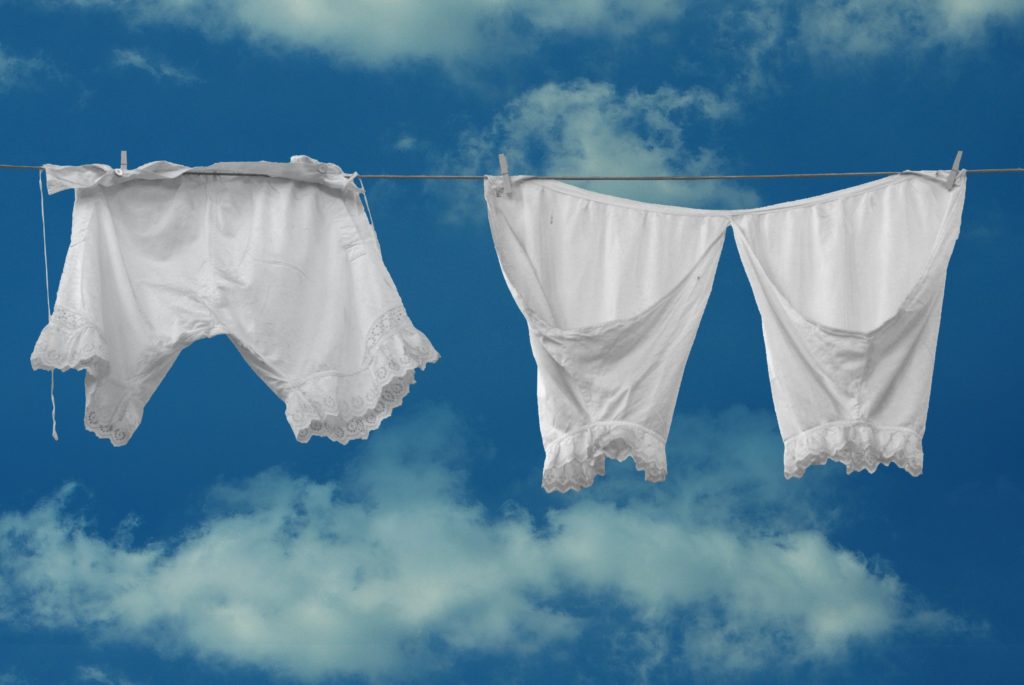
The base layer would be aimed at keeping you dry instead of being drenched in sweat. Usually you will want to get cloth that easily absorbs moisture. Keeping your body dry would bring a number of benefits including leaving no room for bacteria to grow and it helps you keep yourself comfortable.
First, you can use cotton as your base layer because they are good at absorbing sweat. However, take note that the cotton will not be able to effectively insulate after it absorbs liquid. Cotton is great at keeping you warm, but it is still best to avoid from cotton if you are going to do a lot of activities that day causing your body temperature to increase.
(Note: That backpackers often criticize the use of cotton as a form of clothing because it loses its insulative ability once it absorbs water. However, cotton is still a great option for clothing to keep you warm when you are inactive, which is why I still introduce ‘cotton’ as one of the suggested materials for clothing.)
Next, would be wool which is another kind of cloth that is great at absorbing liquid. Wools are better than cotton in the aspect where it can still keep your body heat insulated although it is wet. Hence, this would be one of the better base layers amongst the options here.
Finally, the artificial fibers such as polyester are great as base layers because of the various forms and types you can choose from. Linen would also be another great material for absorbing moisture present on your body!
Mid-layer clothing
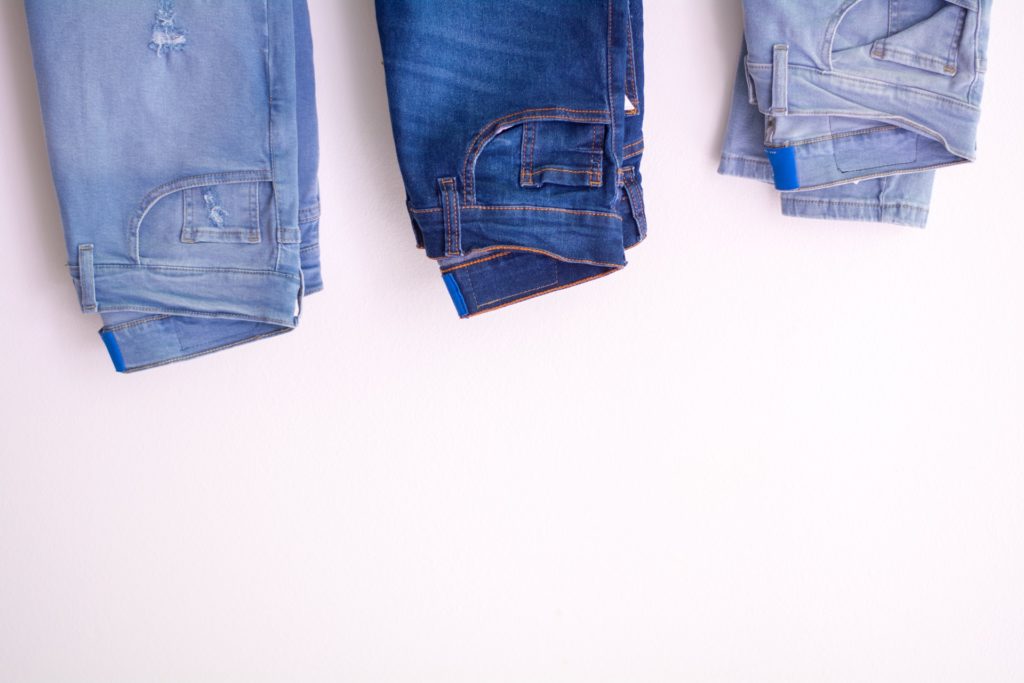
The middle layer of your clothing should be aimed at retaining your body heat. Hence, the materials that are chosen should have highly insulative quality, ensuring that your body heat is not lost through conduction or radiation.
The first two materials which I will introduce here are similar to the ones suggested for base layer clothing, which are cotton and wool. Cotton clothes are great because they can range from thin to thick clothing, letting you choose the most suitable one. Of course, similar to the weakness stated, cotton will lose its insulation ability once it gets soaked and it will be quite heavy.
As for wool, it would be great if you are in really cold environments and would remain inactive for a long period of time. This would be great if you would like to rest at a place while the environment is cold.
Next, you can look at fleece which is great because of the number of types you can find in the market and it’s an excellent mid-layer even when wet. However, fleece is easy to catch fire causing your skin to burn. Hence, you need to steer clear of fire when wearing fleece.
Outer layer
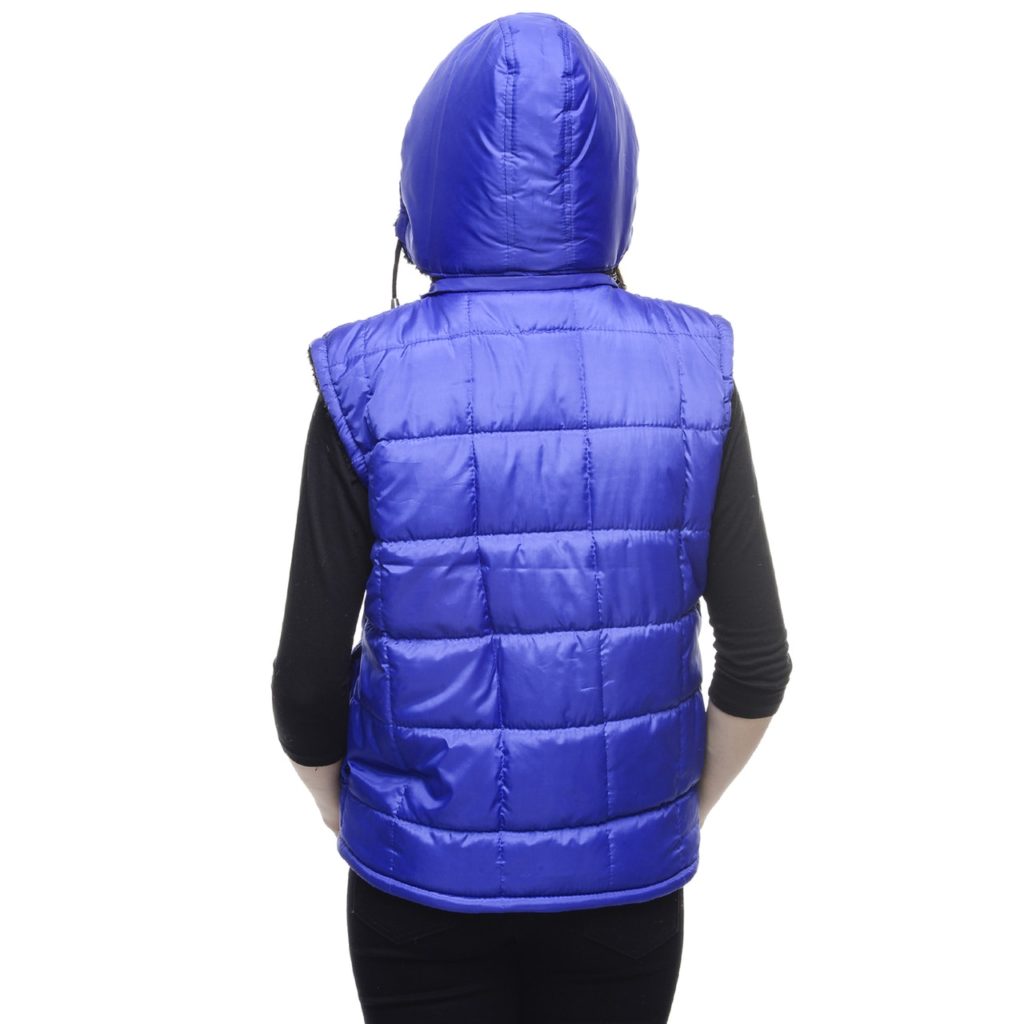
The outmost layer of your clothing should ideally be water and windproof, durable enough to resist wear and tear while allowing moisture to escape. Now, it is much easier to get a suitable survival jacket because most modern jackets are coated with membranes.
Avoid wearing plastic or rubber coatings as your rubber layer because they are really bad at allowing sweat on your body to evaporate. Some modern coats will need regular maintenance as well such as by spraying water-repellants. These sprays are made to ensure that liquid runs off the surface, allowing the membrane pores to be clear for allowing the sweat to evaporate.
(B) Things to Consider
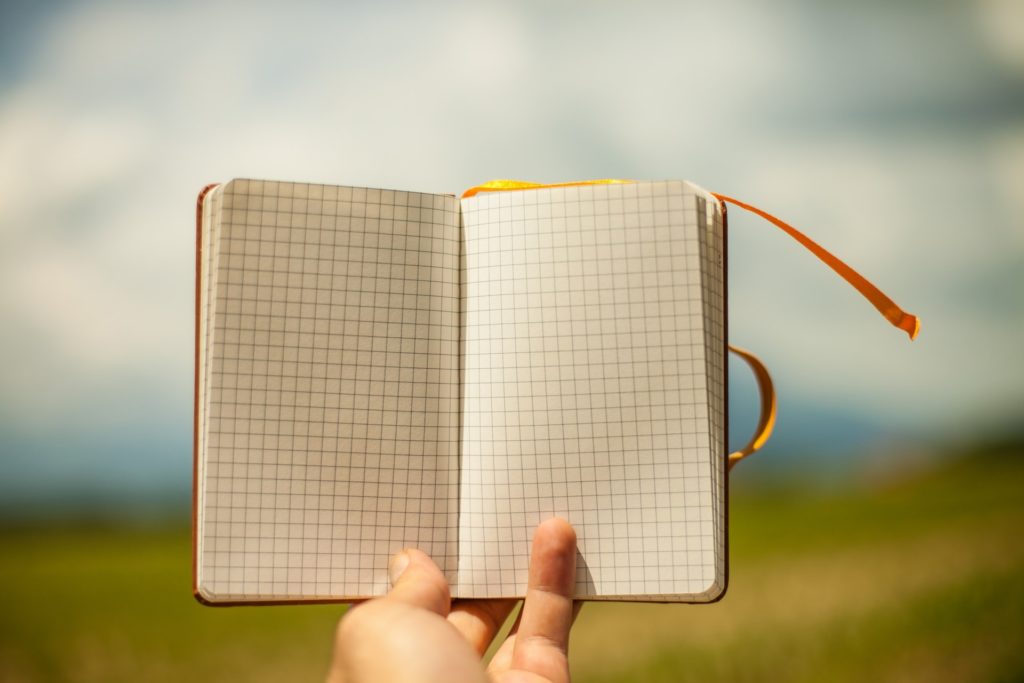
(1) Color of clothing
When it comes to bug-out clothes, you should ideally wear dull colors because vibrant colors tend to attract too much attention. Also, do check out some scientific evidence of what color can do to you. For example, it has been said that blue color clothing tend to attract pests such as mosquitoes. So, you may want to avoid such colors which causes adverse effects.
Some may think about wearing camouflage for survival. However, it is only good if you are hunting to avoid animals from ‘sniffing’ you out. However, if you are wearing camouflage in the urban setting, you are practically telling people that you are a prepper and the people around you would be suspicious of you having supplies. When SHTF, you may want to avoid showing that you are ‘prepared’ so that people will not target you for supplies.
Usually, we will opt for grey clothing because it camouflages well while being dull enough not to catch attention. Black and grey are two good options for going unnoticed. However, you may want to keep lighter colored clothing for preventing too much heat to be absorbed into your body.
(2) Water proofing
This is one of the basic requirement for outer layer clothing so that you can have a decent protection against the rain or the morning dampness. Getting dry is one of the main priorities of clothing!
(3) Warm and breathable
Concerning warmth, if you select wool or cotton which are thick enough, you would have gotten clothing which can provide sufficient warmth in cold environments.
Most survival enthusiasts would suggest wearing layers of clothing is because you will be able to manipulate the amount of heat you want to be stored in your body. If it is a hot day and you are involved in a lot of activities like collecting firewood, you may want to lay off some layers to reduce the amount of body sweat produced.
As for breathability, it is about having sufficient room in your clothing to allow you to sweat. This is where zippers are important, so that you can unzip certain parts to increase breathability.
(4) Number of pockets
This would totally depend on your strategy on whether you want to put self-defense gears near you or water if you are on a long trip. Of course, bear in mind not to put too many items because the weight of it may cause you to waste energy, build-up sweat and be inefficient in movement.
There are a wide range of things you can consider bringing in your pocket such as a tactical flashlight, boot knives, handheld GPS receivers, compass or even ointments just in case if you got hurt.
(5) Able to resist flames
If you foresee the possibility of the need to build survival fire frequently to keep everyone safe and warm, you need to consider getting fire-resistant clothing.
There are 2 ways of doing this: (1) Get a material which by itself is resistant to flame and (2) using a fireguard spray. Try to get those which are less toxic to people and are capable of effectively preventing fire from spreading.
Do note that most flame-resistant materials are made through the lab, rather than being inherently flame resistant. Some inherent flame-resistant materials include Rhovyl (which is polyvinyl chloride) and Nomex (Para-aramids and Meta-aramids). For treated fire-resistant material, you can look to Proban which are cotton-like fibers which are treated by chemicals to be flame-resistant.
(III) SUGGESTED MATERIALS FOR EACH LAYER – BUG-OUT CLOTHES
Here, I would suggest the types of clothing and qualities it should have for each set. I will start from the feet and eventually end with the head, so that it is easier to remember in this sequence.
Shoes or boots
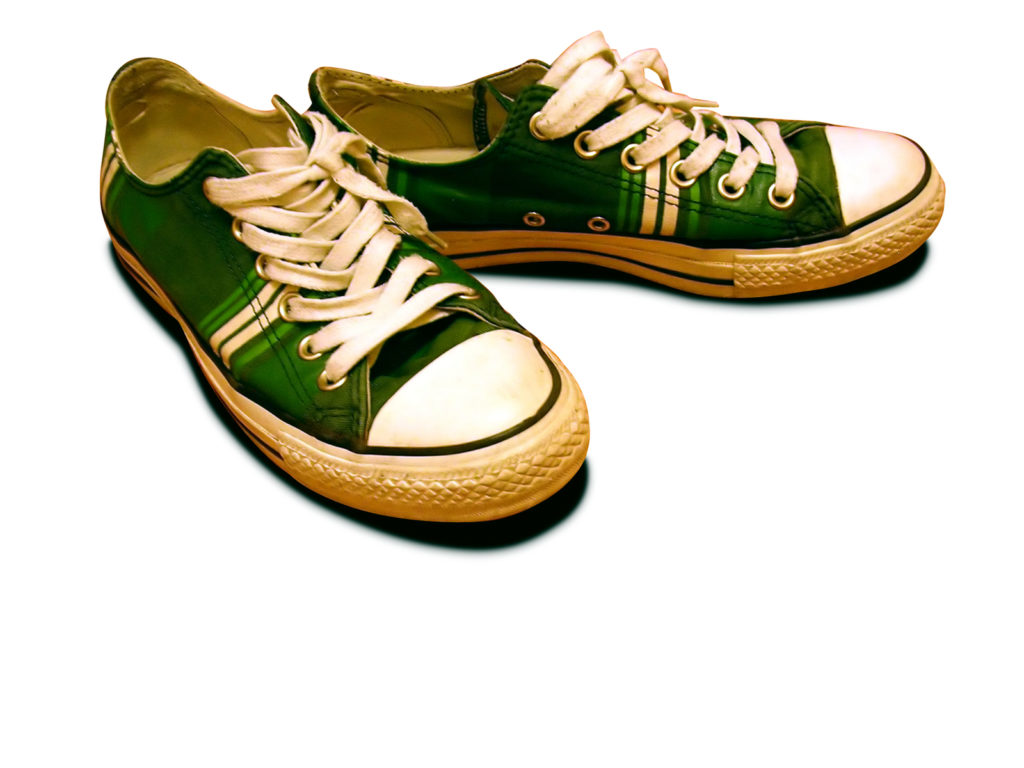
You need to get shoes which has all 3 important qualities including being breathable, durable and waterproof. For footwears, the main priority is given to the durability of it.
Avoid shoes that are too tight and would potentially cause you to have blisters. You can try to look to hiking or hunting boots because they are usually made to withstand the wear and tear outdoor activities will cause. Also, you can get one with a sheath if you would like to put a boot knife in your shoe for self-defense purposes or even for convenience.
Anything that is light and sturdy will be prioritized. Breathability and water-resistant still has to be considered but would not be the main priority.
Socks
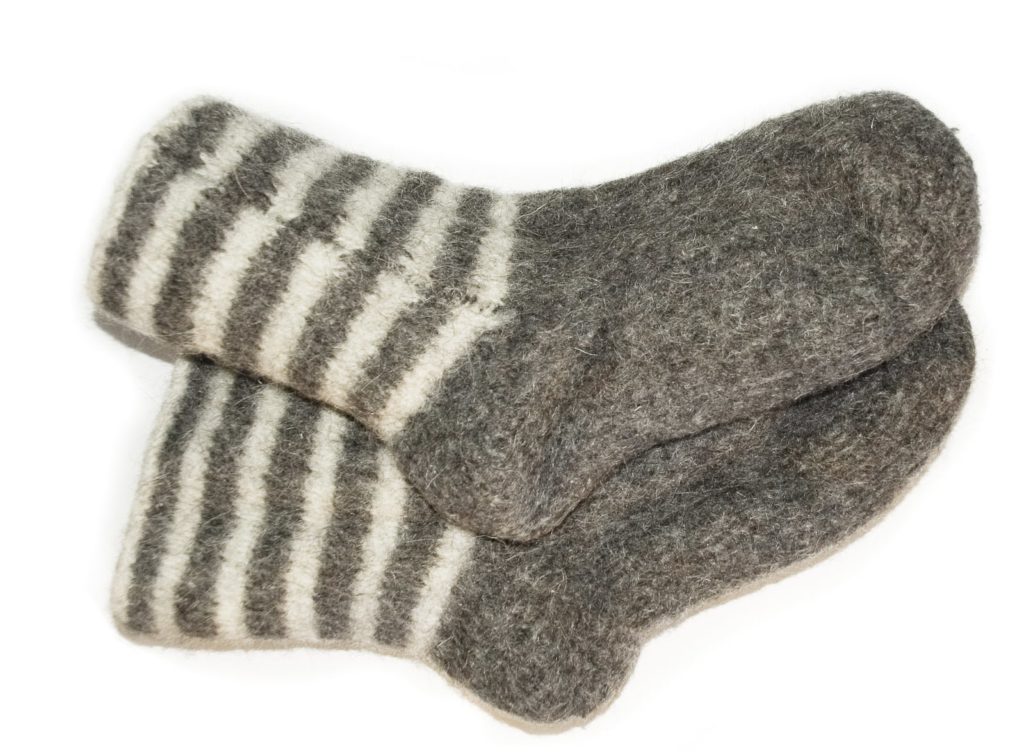
Your socks has to be highly breathable to allow sweat to evaporate. It is encouraged that you get a pair of spare socks so that you can switch between different pairs of socks daily. This is so that you can avoid your feet getting drenched with sweat or causing you blisters.
Usually, socks that are made from wool are preferred because they are warm and comfortable, which is really important if you want to walk for long periods of time.
As for the different pairs of socks, you can choose a thick pair and a thin pair and use them when it’s necessary. You can look to Brigedale Ultralight Coolmax Liner SSocks which has high breathability so that your feet are kept dry.
Pants
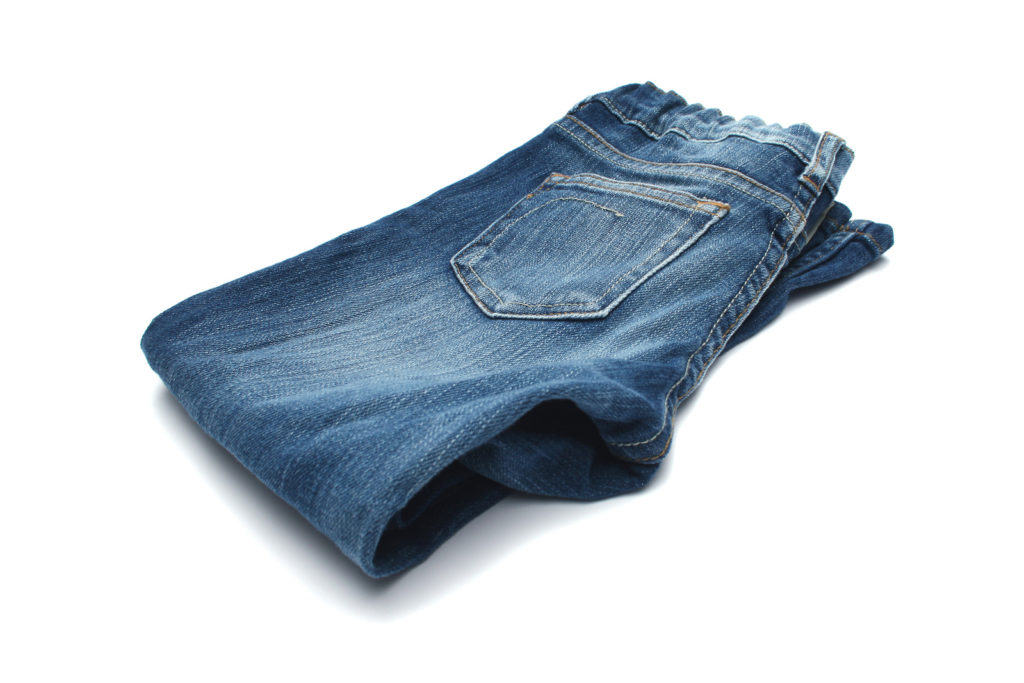
The best survival pants would be one that is water-proof, breathable and durable. However, more emphasis would be placed towards durability for pants because it is subject to more wear and tears as you carry out your daily work. Think about it, those professions conducting physical work such as construction workers and farmers, they will prioritize durability for footwear and pants.
As you conduct your survival tasks, you are bound to cause a lot of friction to your knee area. As you are collecting food or firewood, you are constantly pulling and scraping your pants. The parts that wear out first usually are the crotch or pockets and then the knees. You may want to avoid getting holes in your pants because it may not be as insulative which is important to store body heat.
The best bug-out pants are those made for construction work because they are durable. There are some decent-looking pants to consider as well from brands such as Carhatt and Northern Tool’s Gravel Gear.
Belt
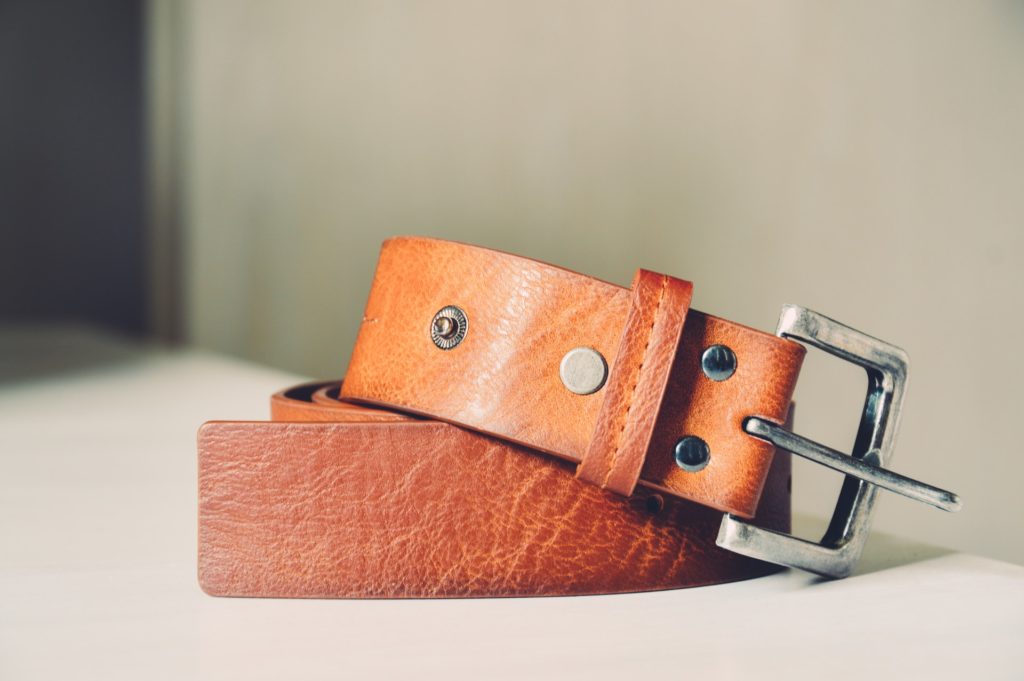
Belts are great if you want to lock some items onto your body. Consider tying your bug-out supplies to your belt when you travel or even keep some essential items such as clean water or first aids tied around your belt.
Depending on what you prioritize, you can carry safety pins and first aids on your belt. Make sure to get a strong belt so that you can carry heavy items with your belt, taking into consideration whether you can manage it or not.
Bug-out Shirt
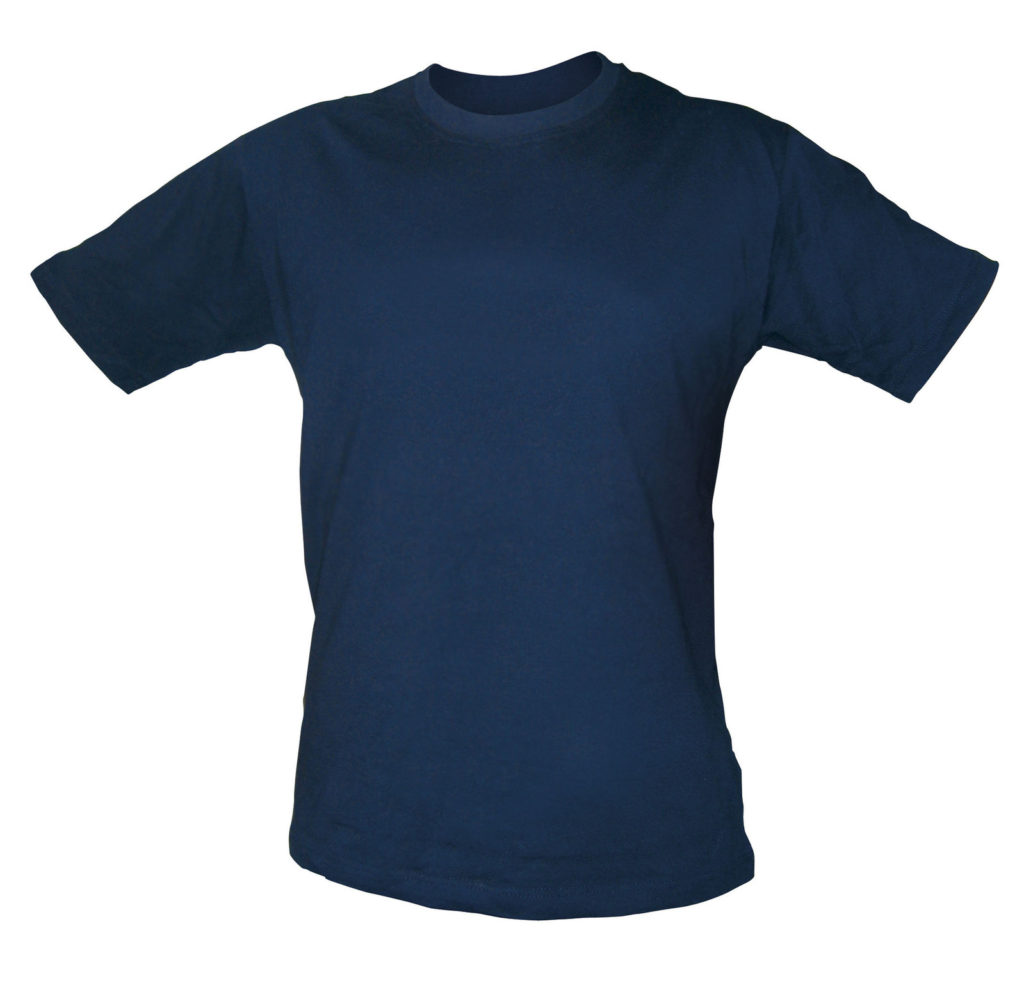
For survival shirts that are worn as an inner-layer, they should be highly breathable. For mid-layer clothing, shirts that has zips will be great as well. This is because you can ‘manipulate’ the breathability of your clothing while being able to enjoy its insulative and protective qualities.
Jacket
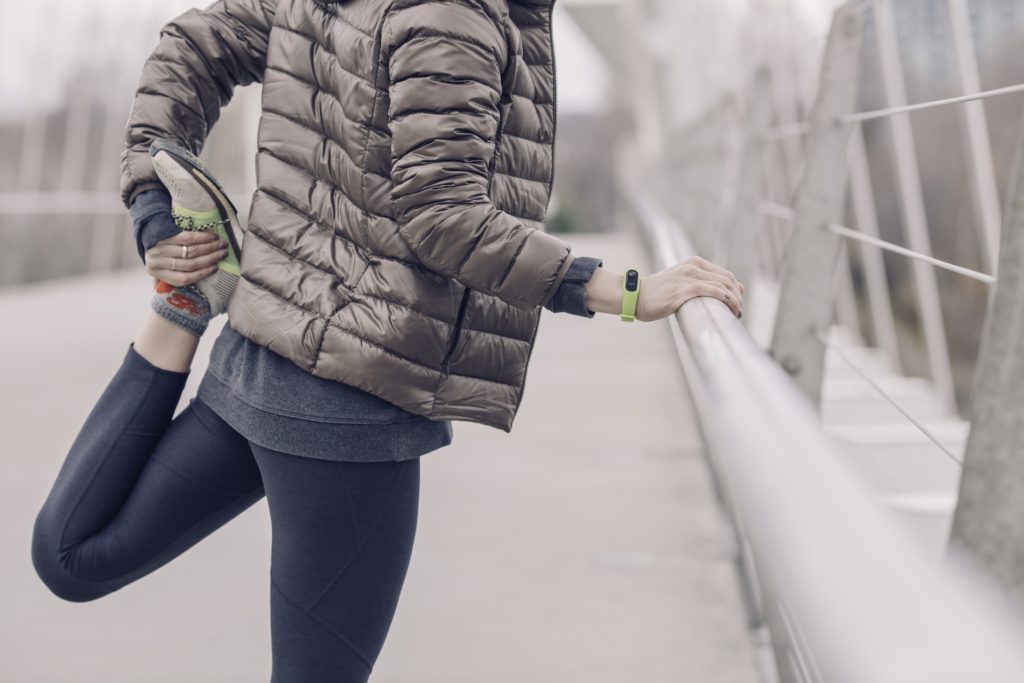
Ideally, your jackets have zippers to allow ventilation and has great materials to protect you from elements. The main concern for this outer-layer clothing is that it has to be durable. Also, it has to be waterproof to avoid wetting the layers of clothing you have underneath.
Gloves
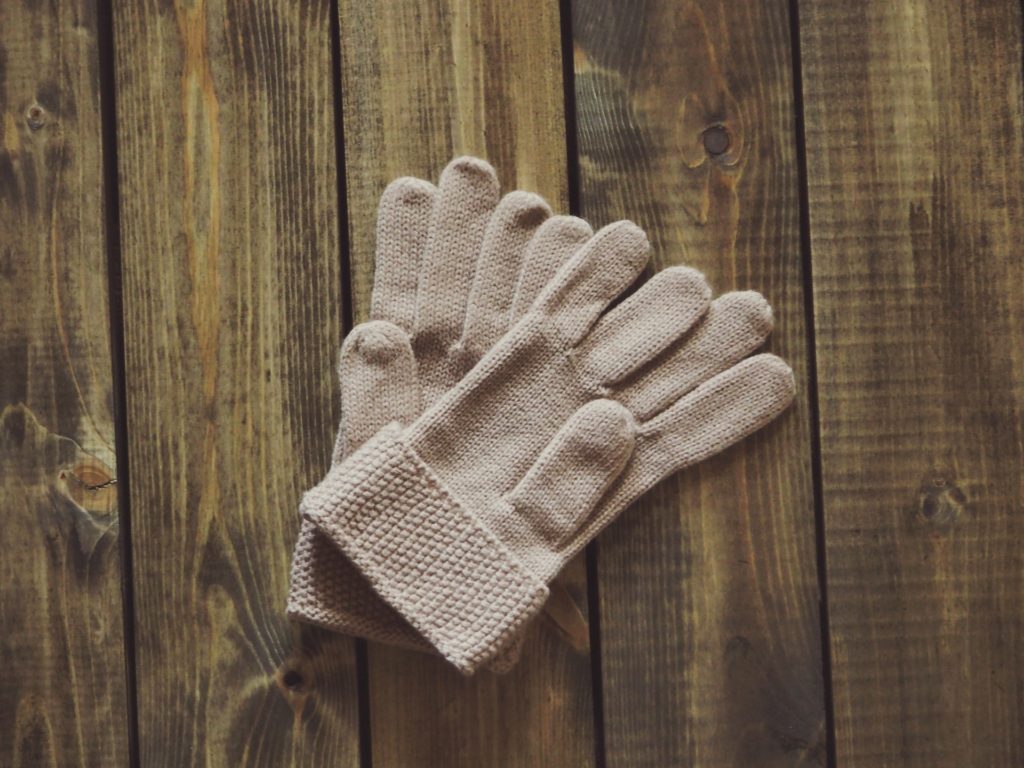
Gloves are there to keep you warm and safe. You can have two different gloves made of different materials to serve these two functions separately or get one which is great for both!
For safety, you can consider obtaining heavy duty gloves since you are involved in many rough survival tasks including carrying firewood or other items necessary to build your survival shelter. Another perspective you can look into is that it has to aid in self-defense, where people can only cause minimal damage if you wear those gloves.
Hat
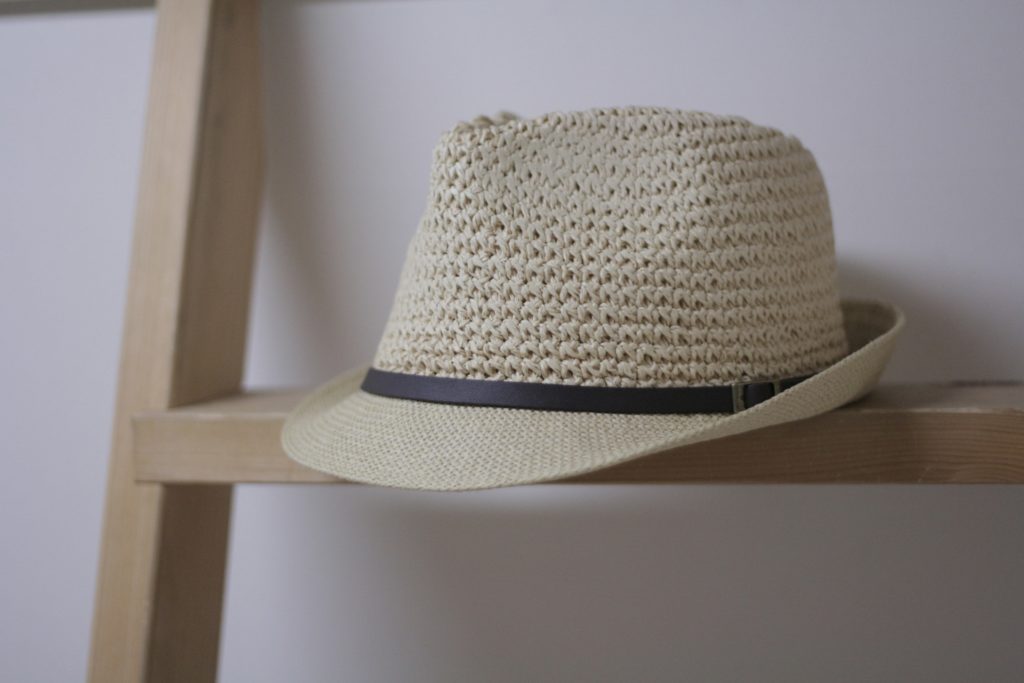
Hats are necessary for two main functions, which are keeping you warm and keeping you safe. For keeping warmth, I would suggest getting wool hats because they have the ability to keep you warm even when it is wet.
As for safety, the hat that you choose must be able to protect you from different elements such as the rain, the scorching sun or is even durable enough to sustain a hit. You can consider wearing a bandanna too as long as it’s suitable for your survival situation.
You can consider a shemagh as well because they are great at covering your head and neck, protecting you against elements while keeping you warm. The only drawback is that it make you look ‘prepared’ which is not encouraged if you are visible to other people.
You can watch this video too if you want to get other opinions about bug-out clothing:
Conclusion
Hopefully after reading this post, you will be convinced that survival clothing is imperative for bugging out and you will be ready to pick the best kinds of clothing to fit in your bug-out bag.
Ultimately, the clothing you pick must be suitable for your particular terrain. For example, if you are bound to go to the woods and it is warm, you may want to put more mosquito nettings in your bug-out bag and mosquito repellants. However, if the white snow is surrounding your home, putting in clothes which are great insulators may do you better.
If you want to repel insects, you can consider getting clothes which are made to be odorless so that those mosquitoes or ants cannot sniff you out. Concerning the question of how much clothing you need, some of them have suggested to bring one week’s worth of clothing to wear. But the basic is that you have to ensure that you have at least two clean sets of clothing to change.
So, have you decided how much clothing and when do you need them? If you have any ideas or thoughts you want to share, feel free to comment below!

